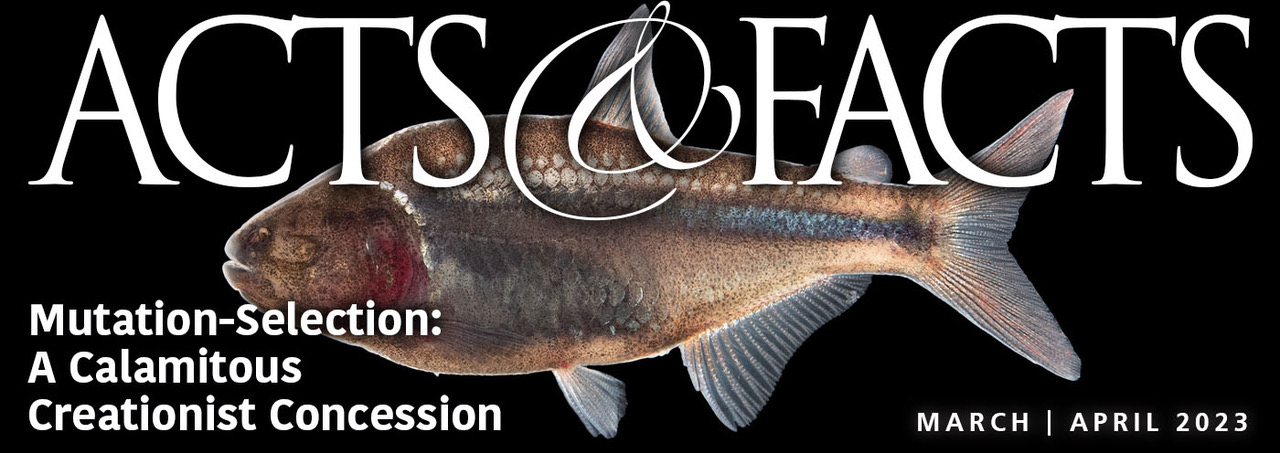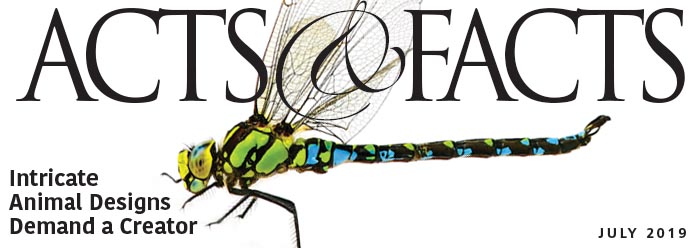On August 11, researchers from Södertörn University in Sweden raised an ancient 660-pound ship's prow from the floor of the Baltic Sea. The 11-foot-long beam features an exquisite dragon carving. Discovery News wrote that Marcus Sandekjer, head of the nearby Blekinge Museum which aided the extraction "believes it looks like a monstrous dog."1 It fits in well with other sea-serpent artwork in history.
Carvings and written descriptions of a dog-headed, long-necked sea serpent called "ketos" in Greek are found sprinkled across the ancient world. An online search for "ketos" reveals a consistent theme. Similar-looking features found on artwork from several countries span over a thousand years. One possible reason why all these different artists illustrated the same basic water creature—on figurines, paintings, tapestries, mosaics, and carvings— was that they had live animals to reference. But few researchers think this way.
Professor of maritime archaeology at Södertörn University Johan Rönnby told the BBC, "I think it's some kind of fantasy animal—a dragon with lion ears and crocodile-like mouth. There seems to be something in his mouth. There seems to be a person in its mouth and he's eating somebody."2
Such a creature probably does not exist today, but why not long ago? From fossils, drawings, and written accounts, we know that dodo birds, wooly mammoths, and the Chinese river dolphin have all gone extinct since the Flood.
History suggests that ketos was not just a "fantasy animal" but a once-living water dragon. In his digital booklet The Authenticity of the Book of Jonah, British historian Bill Cooper lists 13 ancient authors spanning from before the 800s B.C. to the 600s A.D. who mentioned ketos right alongside other familiar sea creatures like fish, sharks, and whales.3 Ancient sailors were familiar with sea creatures and used separate names for sharks, fish, whales, etc.
The monster-headed prow came from the ship named Gribshunden that belonged to King Hans (also known as King John). "Gribshunden" means "grip-hound," matching its carving of what appears to be a man in the grip of a hound-like sea monster. According to experts at Blekinge Museum, the ship sank in 1495 from a fire while in Sweden.1 Although fire damaged, the sunken remains of the Gribshunden represent some of the best-preserved ship parts from its time, including its figurehead. The ship resisted sea-worm damage for over five centuries.
Similar hound-like sea monsters likenesses from about 800 A.D. adorn many artifacts, including a large stone at the church in Fowlis Wester, Scotland, as pictured in the new booklet Dinosaurs and the Bible.4 The booklet also discusses the use of ketos in the Bible. Matthew quoted Jesus, who said, "For as Jonas [Jonah] was three days and three nights in the [ketos'] belly; so shall the Son of man be three days and three nights in the heart of the earth."5 If carvings like this Danish ship's figurehead are a clue, then Jonah was not the only man gripped by a sea-hound's toothy jaws.
King Hans' Gribshunden figurehead also links to ancient maritime history much closer to its home than Jonah's Mediterranean adventure. Royal records show that King Hans ruled Denmark from 1481 to 1513, and that Hrothgar was the Danish king a thousand years before Hans. According to the epic Anglo-Saxon poem, Beowulf assisted Hrothgar in ridding Denmark of land and sea monsters that endangered those early inhabitants.
Names like Hrothgar, Beowulf, and others match additional records, showing that Beowulf may actually exist as an historical figure. If so, then terms like "saedeor," (sea beast) from line 1510 and "saedraca" (sea dragon) from line 1426 might have referenced then-living sea creatures that are likely extinct. Does the Gribshunden figurehead show what an actual animal looked like?
This 500-year-old prow's carving confirms other dog-headed sea monster accounts that together build a picture of a Bible that referenced ancient animals correctly.
References
- Lorenzi, R. 'Sea Monster' Figurehead Emerges From Baltic Sea. Discovery News. Posted on news.discovery.com August 12, 2015, accessed August 17, 2015.
- Medieval ship's 'sea monster' figurehead raised from Baltic. BBC News. Posted on bbc.com August 12, 2015, accessed August 17, 2015.
- Cooper, B. 2012. The Authenticity of the Book of Jonah. Amazon Digital Services, Inc., 22.
- Thomas, B. 2015. Dinosaurs and the Bible. Eugene, OR: Harvest House, 57. New edition now available at icr.org/store
- Matthew 12: 40.
- See references in Cooper, B. 1995. After the Flood. Chichester, UK: New Wine Press, 232.
Image credit: Copyright © 2015 Foto Ingemar Lundgren, Ocean Discovery. Adapted for use in accordance with federal copyright (fair use doctrine) law. Usage by ICR does not imply endorsement of copyright holders.
*Mr. Thomas is Science Writer at the Institute for Creation Research.
Article posted on August 27, 2015.







